The tale of Ramayana has been a popular folklore in Southeast Asian households. Penned by the holy sage Valmiki, Ramayana is a dynamic mythical revolution, portraying the rich culture of the Indian subcontinent, while also emphasizing on moral ethics and values.
However, some hold on to the narrative that the Ramayana is not just a figment of Valmiki’s imagination, rather a true historical occurrence, stating reasonable facts for the same. Now it’s a fight between science and religion to prove these instances as true or not.
This article will focus upon 12 such facts which is bound to make you recheck history.
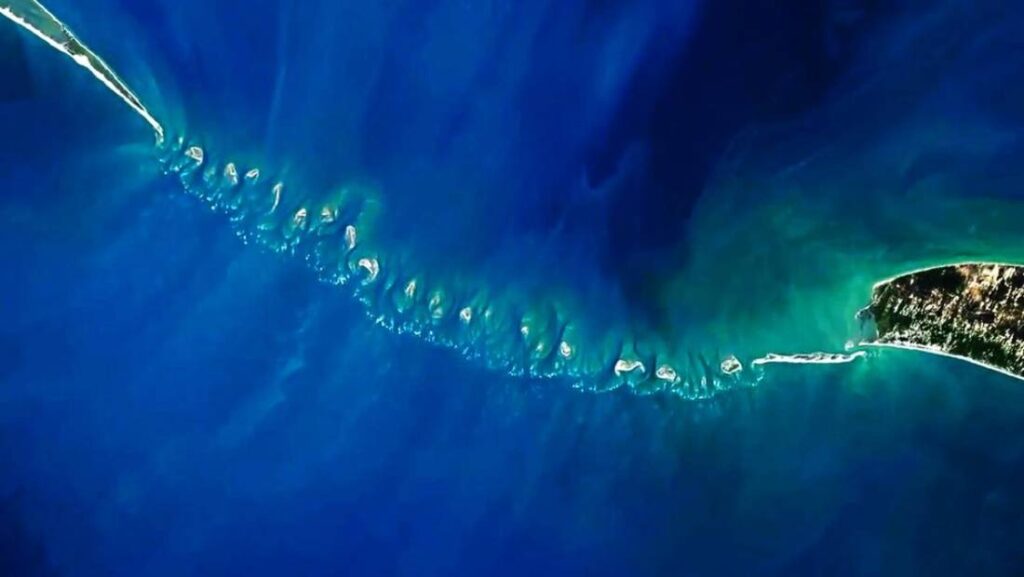
1. Ram Setu
The natural limestone reef, connecting Rameswaram Island, on the southeastern coasts of Tamil Nadu, with the Manar Islands on the northern coasts of Sri Lanka is popularly known as Ram Setu, anglicised as Adams Bridge.
This 48km long naturally occurring bridge, separates Gulf of Manar from Palk Strait and is believed to have been once connecting India to Sri Lanka.
Historically, this bridge is found to be mentioned in the epic Ramayana. in the fable, Ram Setu had been built by an army of ape men, called Vanara Sena, under the guidance of lord Ram in order to cross the extensive waters and reach Sri Lanka to rescue Sita from the ravenous king Ravana.
NASA has confirmed Ram Setu to be a manmade bridge spanning across the Indian Ocean. This adds an exquisite feather to the cap of Ramayana being a true historical occurrence. And not just a mythical fable.
However, western geologists believe the Ram Setu to be of geographical occurrence and not a divine construction unlike popular folklore and religious beliefs holding its heavenly engineering to be true.
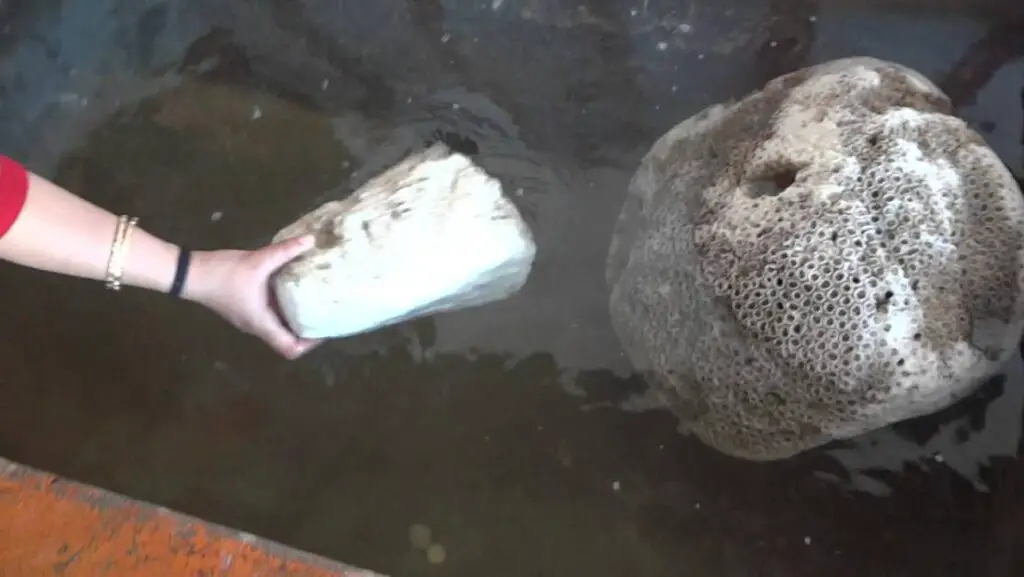
2. Floating stones at Rameswaram
Rameswaram is one of the most holy pilgrimage sights of Hinduism. This sight is reputable and glorified for several reasons. Followers of Hinduism from India, and around the world visit Rameswaram annually to experience its divine air.
Nevertheless, Ram Setu is not the only star attraction at Rameswaram, the mysterious floating rocks finish as first runners up.
These floating rocks are well known for its science-defying tactics. According to folklore, these rocks float on water due to lord Ram’s blessings and name inscribed on them.
However, scientists have nullified this belief by arguing that these rocks could be pumice stones, that have a buoyancy of floating on water. Nevertheless, the mystical belief persists.
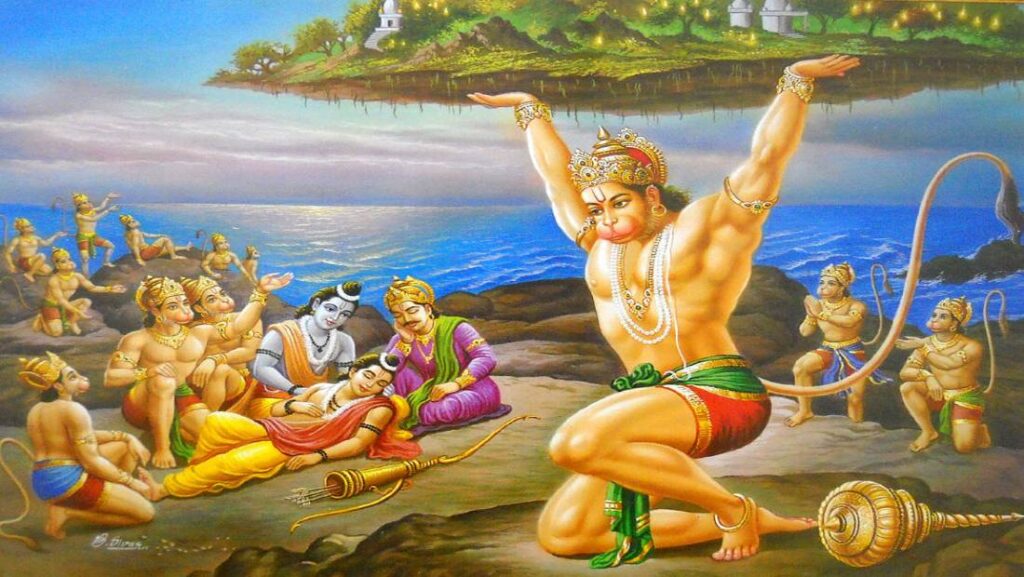
3. Sanjeevani Booti exists?
During the war against Ravana, lord Hanuman bore an entire mountain on his shoulder carrying sanjeevani booti, a medicinal herb which cured Lakshman of his ailing wounds.
Coincidence or not, botanists at Uttarakhand’s Forest Department in 2016 have found a similar herb in the Dronagiri Hills of the Himalayan Mountain range, hinting towards the existence of the mythical healing herb.
The herb had been found in Jauljibi and has been sent to the National Botanical Research Institute of Lucknow for further research and clarification.
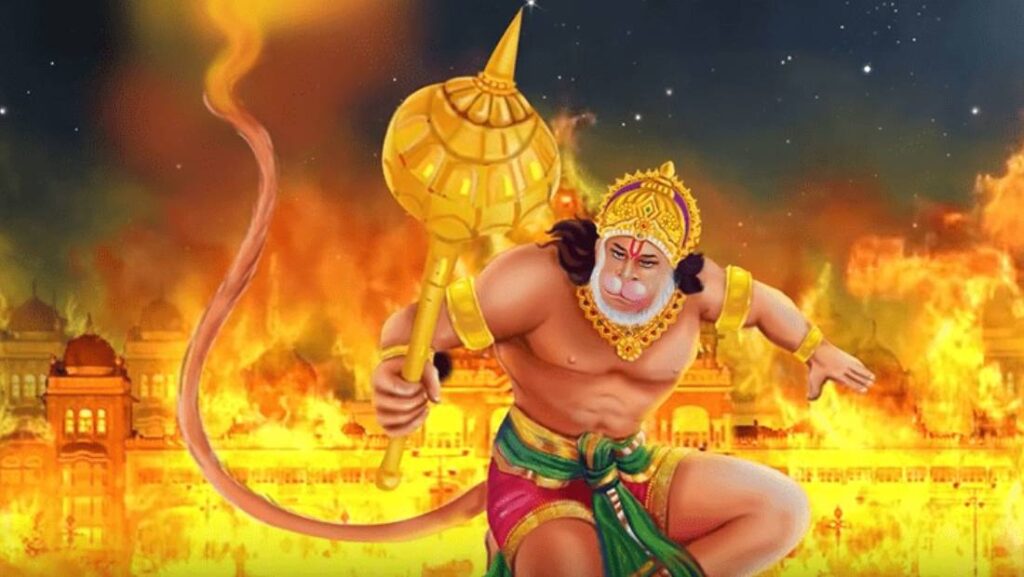
4.Dark soil in parts of Sri Lanka
The epic of Ramayana holds that Ravana, the beast king set lord Hanuman’s tail ablaze as a punishment to sneak into Ashoka Vatika, where Sita had been kept in captivity, in an attempt to emancipate her.
Hanuman, as sly as he was, he set the entire kingdom to ashes by hopping over houses and palaces as a revenge.
Geologists have noticed that some parts of Sri Lanka, allegedly the regions near and around Ravana’s palace are darker and show a charred characteristic than the rest of the Island.
Patrons of Hinduism affirm this to be caused due to the curse given by Hanuman on the Sri Lankan land and hold it as evidence for the Ramayana to be a true event.
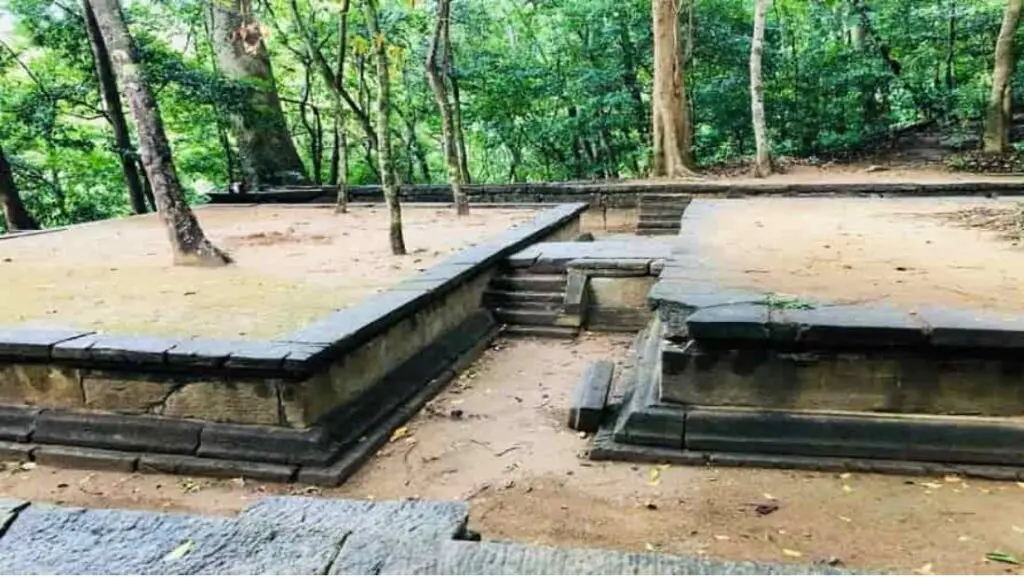
5. Ashok Vatika resemblance
Ashok Vatika is said to be the alluring garden where Sita was held captive by Ravana and where Hanuman first met Sita where he devised a plan to flee with her.
The Ashok Vatika of Ramayana is not just a figment of Valmiki’s imagination, rather it is said to be an actual garden, finding its roots in Sri Lanka.
The garden is now known as Hakgala Botanical Garden, located in Seetha Eliya. The famous Seetha Amman Temple is also located here, which is supposedly the place where Sita rested along with the Sita Jharna, where she bathed.
Theologians of Hinduism have strongly adored these monumental testimonies to prove the historical existence of Ramayana.
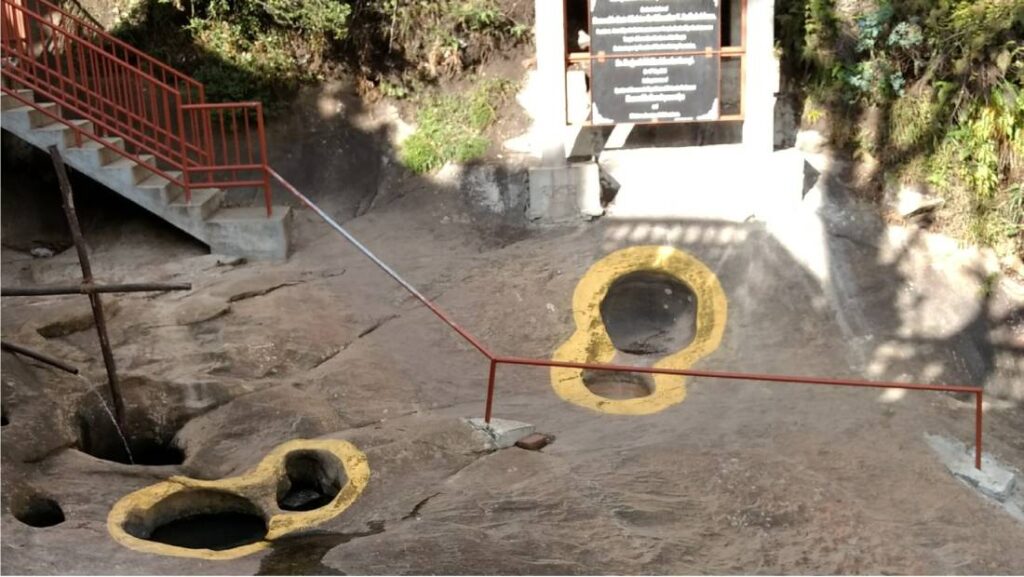
6. Hanuman Footprints
Once again taking reference from the dynamic epic, Hanuman was asked by Ram to spy on the kingdom of Ravana and find Sita, his abducted wife.
He was specially chosen for this task as Hanuman had the ability to alter his body proportions with ease. He could seamlessly resize himself from a giant to a lilliput.
Supporting this evidence, worshippers have spotted giant footprints of what seem like a human foot in India’s Andhra Pradesh, near Lepakshi and parts of Sri Lanka, near and around Ashokavanam.
These large imprints of a human’s foot are biannually worshipped by devotees from around the world. Not only in India and Sri Lanka, but these giant footprints have also been found in Malaysia and Thailand.
Till date, the emergence of the mysterious Hanuman Footprints had not yet been proven by science. Devotees believe it to be a sign from Ram himself.
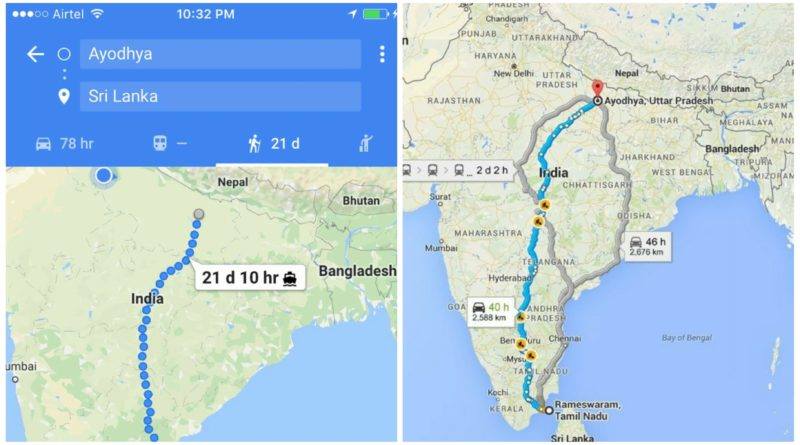
7. 21 days walking from Sri Lanka to Ayodhya
Dussehra is widely celebrated as the day of Ravana’s acclaimed demise. After defeating the beast king, it took 21 days for Ram, Lakshman and Sita to return to Ayodhya, from Lanka.
Their ascension is celebrated extensively around India, as Diwali, the festival of lights. According to the much-trusted Google Maps, it takes 21 days precisely to reach Ayodhya, from Sri Lanka on foot.
Yet again religious adherents appraise this fact as proof of the truthfulness of Ramayana.
8. Exile location of Ram
Winding the epic tale to the top, ram was banished and exiled from the kingdom by his father, Dasharatha due to some sneaky antics played by his stepmother, Kakeyi.
As a sign of respect towards his father, Ram left his royal comfort, tagging his wife Sita and brother Lakshman along with him to 14 years of exile. During this period, they resided in Panchvati.
According to theologians and scholars, Panchvati, near Nasik is the exact location where the three of them rested. It is also said that this location is mathematically and geographically accurate, in reference to the fable.
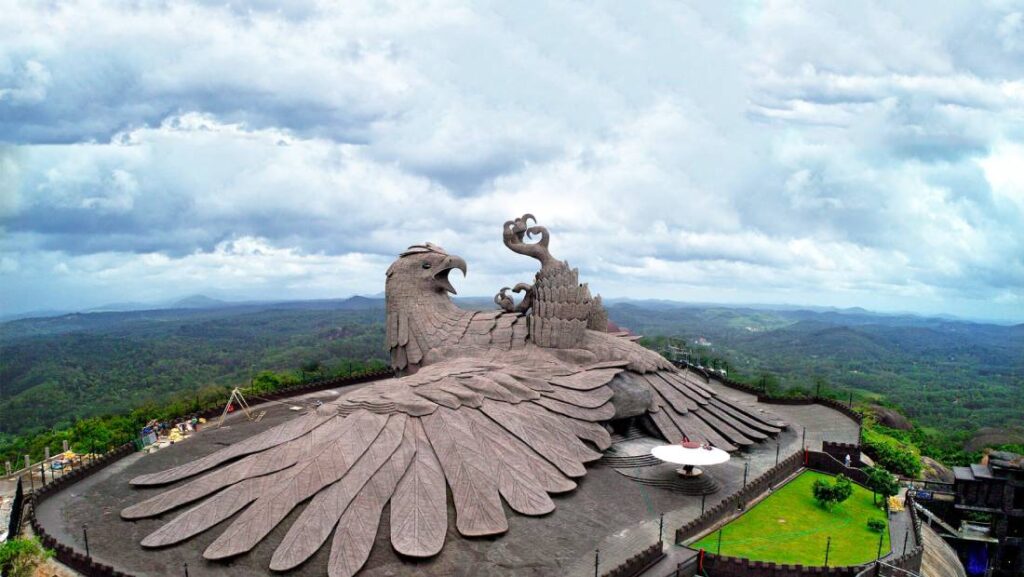
9. Lepakshi: Jatayu’s resting grounds
Revisiting the story, there is an occurrence of a demi-god, named Jatayu who came to Sita’s rescue at the time of her abduction by Ravana. However, due to a series of unfortunate events, Jatayu was overpowered and killed by the Beast.
The place where his slain body fell was named as LePakshi, by Ram as a symbol of respect.
Arguing in favor of this, theologians believe Lepakshi in Andhra Pradesh to be coinciding with the location mentioned in the Ramayana. There is also a shrine built in remembrance of Jatayu where worshippers offer their prayers.

